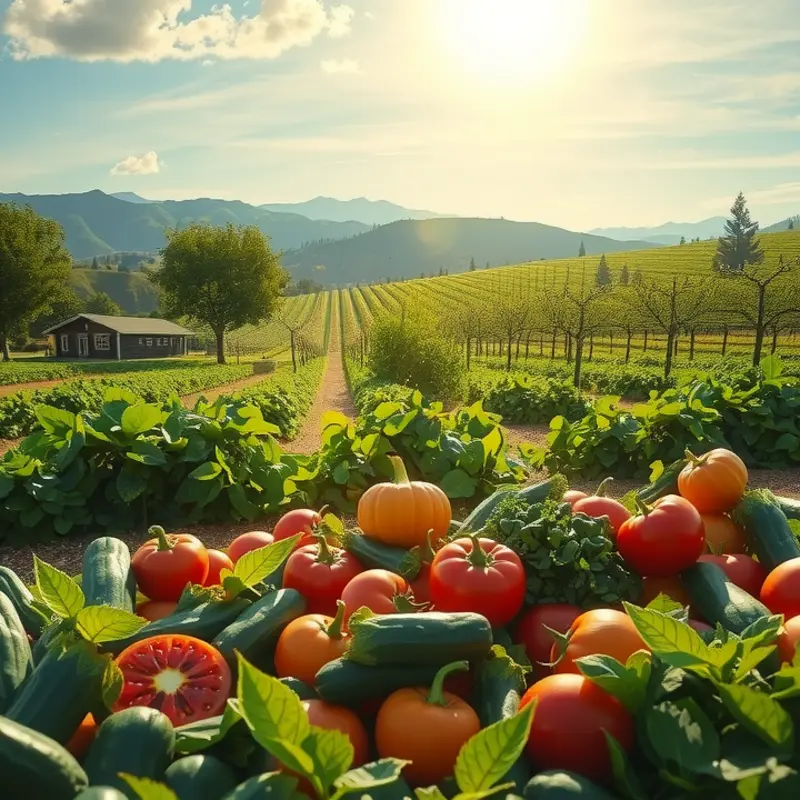Food waste is a pressing issue, impacting both our environment and our budgets. Efficient leftover rotation helps maximize your resources, allowing you to enjoy meals without the guilt of throwing away neglected food. By mastering simple food management techniques, you can enhance your cooking routine and ensure your leftovers are consumed while they are still fresh. Let’s explore straightforward methods to help streamline your food storage and utilization.
Understanding Leftover Lifecycles

Recognizing the lifecycle of leftovers can significantly empower those looking to minimize food waste at home. To effectively manage your leftovers, understanding storage times and conditions for different types of food is essential.
Foods like cooked grains and pasta, when stored in an airtight container in the refrigerator, can last up to 5 days. However, fresh meals containing leafy greens may only remain viable for 3 days. Proteins such as cooked chicken, beef, or fish have a typical lifespan of 3-4 days when refrigerated.
Knowing safe storage durations doesn’t just prevent spoilage; it enhances meal planning in alignment with food safety principles. Storing leftovers in clear, labeled containers helps track consumption timelines, significantly reducing instances of forgotten food. Use labels or erasable markers to date each container with the preparation day to streamline this process. An effective labeling system not only informs users about the age of the leftovers but also prevents the confusion that leads to accidental spoilage.
Equally important is learning to categorize leftovers effectively. Grouping similar foods or meals with the same storage limitations aids in quick decision-making on what needs to be consumed first. For instance, all dairy-based meals should be categorized together, while vegetable-based foods can form another distinct group.
Integration with sustainable kitchen practices can further enhance leftover management. Always consider cross-referencing related insights, such as those from eco-smart kitchen storage. Understanding the overlapping benefits can lead to streamlined, eco-friendly food management tactics.
Additionally, storing leftovers at the right temperature is crucial. Refrigerator temperatures should ideally be below 40°F (4°C), while freezers should maintain a temperature of 0°F (-18°C) or lower. Stored leftovers can be flashed into ready-to-eat meals, sequencing them with fresh meal plans that avoid reiterating identical meals across consecutive days.
Maximize the utility of your leftover management by establishing a routine review of your fridge’s contents every 2-3 days. This routine not only keeps food consumption on track but also encourages creativity in utilizing leftover combinations. Leveraging such creative approaches ensures an enjoyable and zero-waste kitchen, transforming stored meals into delicious new experiences.
By applying these strategies, you promote not just an orderly kitchen, but also an eco-conscious home environment. You are not just managing leftover lifecycles; you are crafting a mindful food narrative that values sustainability, efficiency, and creativity.
Practical Tips for Effective Food Management

Implementing efficient leftover rotation can significantly minimize food waste. Begin by organizing your fridge thoughtfully to maximize visibility and accessibility. A well-organized fridge allows you to track what needs to be consumed first, reducing the risk of forgotten leftovers languishing in the back.
Use clear containers to store leftovers. This simple practice ensures that you can easily see what you have on hand, which encourages timely consumption. Clear containers offer the advantage of making food look more appealing and can act as motivation to eat what’s already made. Remember, out of sight is often out of mind, so avoid opaque packaging when possible.
Proper labeling is another crucial step. Labeling containers with the date of preparation or purchase can save you from the uncertainty of a food’s freshness. A piece of tape and a marker are sufficient for this task. Write the date clearly on container lids or sides and consider including a short description of the contents.
The FIFO (First In, First Out) method is essential in food management. This technique helps ensure older items are used before newer ones, reducing waste significantly. When organizing your fridge and pantry, place newer items behind older ones, using the older stock first. This system can be particularly effective when combined with proper labeling.
Meal planning also plays a vital role in efficient leftover consumption. Create weekly meal plans that incorporate any stored leftovers into your regular cooking schedule. Doing so ensures that leftovers are enjoyed and not forgotten. You can find ideas for minimal prep dinners, which can incorporate leftovers, in this article.
Incorporate technology to aid your efforts by utilizing apps designed for inventory tracking and meal planning. These apps can remind you of upcoming food expiration dates, suggest recipes based on leftover ingredients, and help track your pantry inventory.
Developing a consistent routine for auditing your fridge and pantry weekly is beneficial. This involves a quick visual scan and assessing what needs to be eaten soon. By doing this regularly, you can identify which items need immediate attention and strategize your meal plan effectively.
Lastly, educate the whole household about efficient leftover rotation practices. Involving everyone ensures that all members know how to manage leftovers, contributing to an organized system at home. It fosters a sense of responsibility towards reducing food waste, creating a more mindful and sustainable household.
These practical tips can transform your food management routine, making it both efficient and environmentally friendly. Implementing these strategies will help you control food waste, save money, and contribute to a more mindful consumption pattern.
Final words
Efficient leftover rotation is essential for reducing food waste and optimizing your kitchen management. By understanding how to properly categorize, store, and consume your leftovers, you can create a more sustainable approach to meal planning. Implementing simple strategies like labeling, organization, and FIFO can help you stay on top of what you have, leading to delightful meals rather than wasted food. Remember, every effort you take not only benefits your household budget but also contributes positively to the environment. Embrace these tips and make leftover rotation a priority in your daily life.







